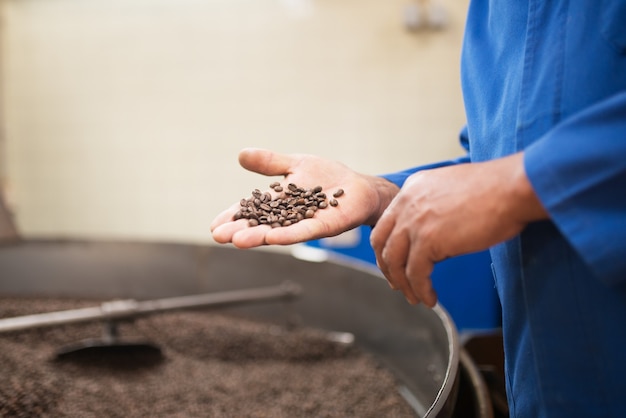
The coffee farmers in Kasese, Uganda, are facing significant challenges that hinder their ability to compete in the local markets effectively. Poor prices, pests, and diseases are major obstacles. However, there are strategies that farmers can adopt to overcome these issues, improve their yield, and add value to their coffee, making them more competitive.

One of the primary concerns for Kasese coffee farmers is the low prices they receive for their coffee. To tackle this, farmers need to explore the following strategies:
By forming cooperatives, farmers can pool their resources, negotiate better prices, and reduce costs through bulk purchasing of inputs. Cooperatives can also facilitate access to training, finance, and markets.
Establishing direct trade relationships with buyers can eliminate intermediaries, ensuring that farmers receive a fairer share of the final sale price. This approach also allows farmers to understand market demands better and adjust their production accordingly.
Obtaining certifications such as Fair Trade or Organic can allow farmers to access premium markets. While these certifications can be costly initially, they can lead to higher prices and better market access in the long term.
Pests and diseases pose a significant threat to coffee production in Kasese. To combat these issues, farmers should consider:
IPM is an effective approach that combines biological, cultural, physical, and chemical tools to manage pests and diseases. Farmers should focus on using resistant coffee varieties, implementing proper crop rotation, and enhancing biodiversity to naturally reduce pest populations.
Continuous training on pest and disease identification and management is crucial. Extension services and agricultural experts should provide regular workshops and field demonstrations to educate farmers on best practices.
Collaborating with research institutions can help in developing and adopting new, pest-resistant coffee varieties. Research can lead to the discovery of more effective and environmentally friendly pesticides.
Adding value to coffee can significantly increase farmers' income and competitiveness.
Farmers can invest in small-scale processing and roasting facilities to produce roasted coffee beans or ground coffee. This not only adds value but also allows farmers to tap into the local market for ready-to-drink coffee products.
Developing a strong brand and using attractive, quality packaging can make products stand out in the market. Emphasizing the unique qualities of Kasese coffee, such as its flavor profile and origin story, can attract consumers.
Maintaining high standards of quality is crucial. Farmers should implement quality control measures throughout the production and processing stages. This includes proper harvesting, drying, and storage practices to ensure the coffee maintains its quality and flavor.
Exploring different market segments can help reduce dependency on a single market. Farmers can target local cafes, supermarkets, and even explore online sales channels to reach a broader customer base.
The challenges faced by coffee farmers in Kasese are significant but not insurmountable. By forming cooperatives, establishing direct trade relationships, and obtaining certifications, farmers can improve their pricing power. Addressing pests and diseases through integrated pest management, continuous education, and research will enhance productivity.
Adding value through processing, branding, quality control, and market diversification will enable farmers to compete more effectively in the local markets. With these strategies, Kasese coffee farmers can achieve sustainable growth and resilience in the face of challenges.

















